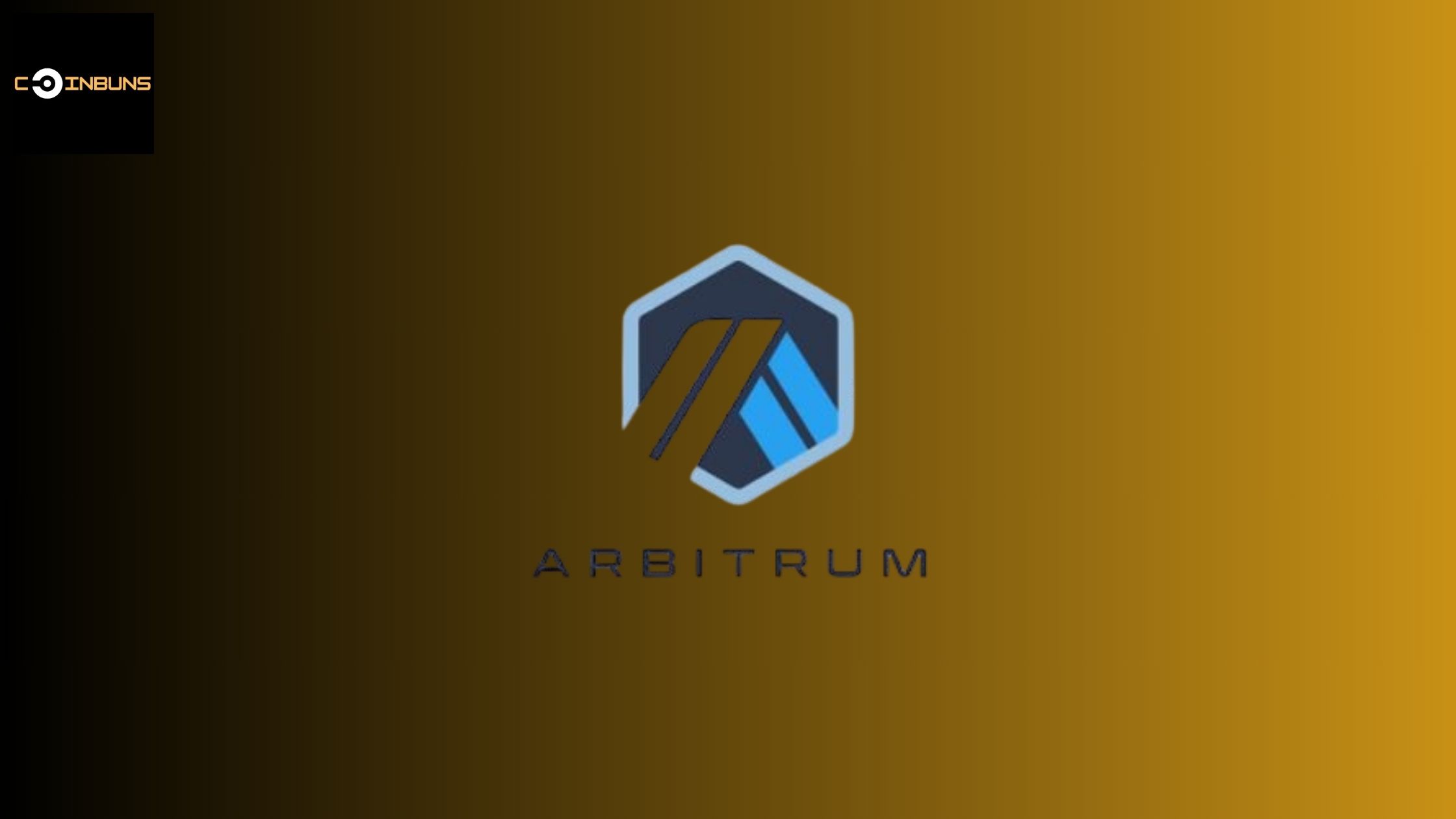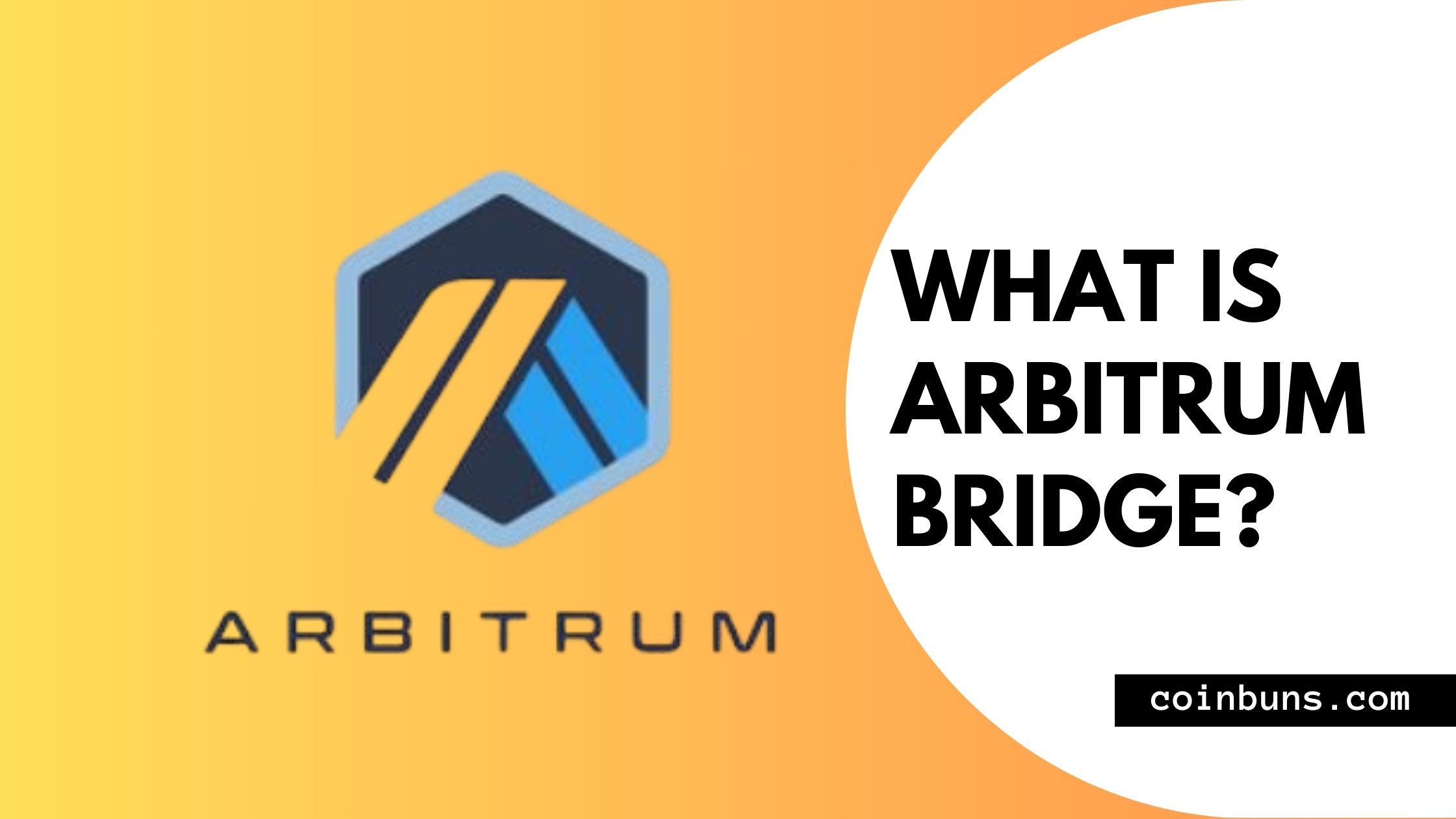What is Arbitrum Bridge?
Arbitrum Bridge is a bridging solution that connects the Ethereum and Arbitrum networks, enabling the seamless transfer of assets between these two blockchain giants. But that’s not all – this powerful bridge is also chain-agnostic, meaning it has the potential to expand its reach to other blockchain networks like Binance Smart Chain, Polygon, Avalanche, and more.
With its flexible architecture and modular design, Arbitrum Bridge is poised to revolutionize the way we think about blockchain interoperability.
In this blog post, we explain: What is Arbitrum bridge, the best Arbitrum bridges, and how you can bridge Arbitrum back to Ethereum.
What is Arbitrum Bridge?
The Arbitrum Bridge is a decentralized, trustless, and permissionless bridging solution that enables users to transfer assets between the Ethereum mainnet and the Arbitrum network. This innovative technology allows for seamless interactions between the two networks, unlocking new possibilities for decentralized applications (dApps) and users alike.
Here are the key features of Arbitrum Bridge:
- Deposit and Withdrawal: Users can deposit ETH or ERC-20 tokens from Ethereum to Arbitrum and withdraw assets from Arbitrum back to Ethereum.
- Rollup Technology: The bridge utilizes rollup technology, which enables secure, fast, and low-cost transactions.
- Scalability: The Arbitrum Bridge increases scalability by allowing for more transactions to be processed on the Arbitrum network.
- Security: The bridge is designed with security in mind, utilizing cryptographic techniques to ensure the safe transfer of assets.
- User-Friendly Interface: The bridge features a simple and intuitive interface, making it easy for users to transfer assets between networks.
- Wide Asset Support: The bridge supports a wide range of assets, including ETH and ERC-20 tokens.
- Wallet Compatibility: The bridge is compatible with various wallets, including MetaMask, Ledger Live, and Trust Wallet.
Here are some of the benefits of Arbitrum Bridge:
1. Enhanced User Experience: The Arbitrum Bridge provides a seamless bridging experience, making it easy for users to interact with dApps on the Arbitrum network. This leads to increased user satisfaction and adoption.
2. Increased Adoption: By enabling easy asset transfer, the bridge promotes the growth of the Arbitrum ecosystem, attracting more developers, users, and liquidity.
3. Improved Scalability: The bridge increases scalability, allowing for more transactions to be processed on the Arbitrum network, reducing congestion and increasing overall network efficiency.
4. Reduced Costs: The Arbitrum Bridge reduces transaction costs, making it more affordable for users to transfer assets between networks.
5. Faster Transactions: The bridge enables faster transaction processing times, allowing for quicker asset transfers and improved overall network performance.
6. Increased Interoperability: The Arbitrum Bridge enables interoperability between Ethereum and Arbitrum, allowing for a more connected and integrated blockchain ecosystem.
7. Enhanced Security: The bridge’s trustless and permissionless design ensures secure asset transfers, protecting users’ assets and reducing the risk of fraud.
8. New Use Cases: The Arbitrum Bridge enables new use cases, such as cross-chain DeFi applications, gaming, and NFTs, expanding the possibilities for developers and users.
9. Liquidity Boost: The bridge increases liquidity on the Arbitrum network, attracting more traders, investors, and market makers.
10. Developer Friendliness: The Arbitrum Bridge provides a simple and intuitive API, making it easy for developers to integrate bridging functionality into their applications.
By providing these benefits, the Arbitrum Bridge plays a crucial role in driving the growth and adoption of the Arbitrum ecosystem, enabling a more connected, scalable, and secure blockchain experience.

What are the best bridges for Arbitrum?
If you are looking for the best Arbitrum bridge, here are some top options:
1. Celer cBridge: This bridge supports the cross-chain bridging of USDT, USDC, and more between Ethereum Mainnet and Arbitrum, offering the fastest speeds and lowest costs. It’s known for its high liquidity and seamless user experience.
2. Ethereum Mainnet Bridge: This bridge is a popular choice for transferring assets between Ethereum and Arbitrum. It’s easy to use, secure, and offers competitive fees.
3. Polygon Bridge: This bridge offers a seamless experience for transferring assets between Polygon and Arbitrum. It’s fast, reliable, and supports a wide range of assets.
4. Binance Smart Chain Bridge: This bridge is a great option for transferring assets between Binance Smart Chain and Arbitrum. It’s user-friendly, secure, and offers competitive fees.
5. Multichain Bridge: This bridge supports the cross-chain bridging of multiple assets between Ethereum, Binance Smart Chain, and Arbitrum. It’s known for its high liquidity and fast transaction speeds.
6. Arbitrum Bridge: This decentralized, trustless, and permissionless bridge enables users to transfer assets between Ethereum and Arbitrum. It’s secure, reliable, and offers competitive fees.
When choosing a bridge, consider factors such as:
- Fees: Look for bridges with competitive fees to save on costs.
- Speed: Choose bridges with fast transaction speeds for a seamless experience.
- Security: Ensure the bridge is secure and trustless to protect your assets.
- Liquidity: Opt for bridges with high liquidity for better price stability.
- User Experience: Select bridges with a user-friendly interface for easy navigation.
By considering these factors and choosing the right bridge, you can ensure a smooth and secure experience when transferring assets to and from Arbitrum.
How long does it take to bridge from Arbitrum to ETH?
The bridging time from Arbitrum to Ethereum (ETH) can vary depending on several factors, such as:
1. Network congestion: High network activity can increase bridging times, as more transactions are competing for processing power.
2. Bridge selection: Different bridges have varying processing times, depending on their architecture, scalability, and optimization.
3. Asset type: Bridging times may differ for various assets, such as ETH, ERC-20 tokens, or other cryptocurrencies.
4. Transaction volume: The number of transactions being processed on the bridge can impact bridging times.
5. Smart contract complexity: The complexity of the smart contracts used by the bridge can affect processing times.
On average, bridging from Arbitrum to ETH can take anywhere from:
- 5-30 minutes for fast bridges like Celer cBridge or Multichain Bridge, which utilize advanced optimization techniques and high-performance infrastructure.
- 30 minutes to 1 hour for standard bridges like Ethereum Mainnet Bridge or Arbitrum Bridge, which provide a balance between speed and security.
- 1-2 hours or more for bridges with higher security measures, such as additional verification steps or more robust smart contracts, or during periods of high network congestion.
- 2-4 hours or more in extreme cases, such as during network congestion spikes or when using bridges with limited scalability.
Please note that these estimates are approximate and may vary depending on the specific bridge, network conditions, and other factors. It’s always a good idea to check the bridge’s status and estimated processing times before initiating a transfer.
You can consider using bridges with real-time tracking and notifications to stay informed about their transaction status.

How do you bridge Arbitrum back to ETH?
Bridging assets from Arbitrum to Ethereum (ETH) is a straightforward process that can be completed using various bridges.
Here’s a detailed guide on how to bridge Arbitrum back to ETH using three popular bridges: Arbitrum Bridge, Celer cBridge, and Multichain Bridge.
Using the Arbitrum Bridge
1. Go to the Arbitrum Bridge website and connect your wallet (e.g., MetaMask, Ledger Live) to the bridge.
2. Select the asset you want to bridge (e.g., ETH, ERC-20 tokens) and enter the amount.
3. Confirm the transaction details, including the source and destination chains, asset type, and amount.
4. Approve the transaction in your wallet, and wait for the bridging process to complete (approximately 5-30 minutes).
5. Once the bridging process is complete, your assets will be available on the Ethereum network.
Using the Celer cBridge
1. Go to the Celer cBridge website and connect your wallet (e.g., MetaMask, Ledger Live) to the bridge.
2. Select Arbitrum as the source chain and Ethereum as the destination chain.
3. Choose the asset you want to bridge (e.g., ETH, ERC-20 tokens) and enter the amount.
4. Confirm the transaction details, including the source and destination chains, asset type, and amount.
5. Approve the transaction in your wallet, and wait for the bridging process to complete (approximately 5-30 minutes).
6. Once the bridging process is complete, your assets will be available on the Ethereum network.
Using the Multichain Bridge
1. Go to the Multichain Bridge website and connect your wallet (e.g., MetaMask, Ledger Live) to the bridge.
2. Select Arbitrum as the source chain and Ethereum as the destination chain.
3. Choose the asset you want to bridge (e.g., ETH, ERC-20 tokens) and enter the amount.
4. Confirm the transaction details, including the source and destination chains, asset type, and amount.
5. Approve the transaction in your wallet, and wait for the bridging process to complete (approximately 5-30 minutes).
6. Once the bridging process is complete, your assets will be available on the Ethereum network.
By following these steps, you can successfully bridge your assets from Arbitrum back to ETH.
Is Arbitrum bridge chain specific?
The Arbitrum Bridge is a versatile bridging solution that, while currently focused on Ethereum-Arbitrum transfers, is not exclusively chain-specific. Its underlying technology is designed to be flexible and adaptable, allowing for potential expansions to support bridging with other blockchain networks.
In its current form, the Arbitrum Bridge facilitates seamless transfers of assets between the Ethereum mainnet and the Arbitrum network. However, the bridge’s architecture is modular and can be modified to accommodate additional blockchain networks.
This means that, with further development and integration, the Arbitrum Bridge could potentially support bridging between Arbitrum and other blockchain networks, such as:
- Binance Smart Chain (BSC)
- Polygon (formerly Matic Network)
- Avalanche (AVAX)
- Fantom (FTM)
- Solana (SOL)
- Cardano (ADA)
Such expansions would enable users to transfer assets between Arbitrum and these additional blockchain networks, broadening the bridge’s capabilities and use cases. This could include:
- Transferring tokens between Arbitrum and BSC for decentralized finance (DeFi) applications.
- Bridging assets between Arbitrum and Polygon for gaming and NFT use cases.
- Facilitating cross-chain liquidity provision between Arbitrum and Avalanche.
- Enabling seamless transfers of assets between Arbitrum and Fantom for decentralized applications (dApps).
To achieve this, the Arbitrum Bridge would need to undergo additional development, testing, and integration efforts. This might involve:
- Collaborating with other blockchain networks to establish interoperability standards.
- Implementing new smart contracts and bridging protocols.
- Conducting thorough security audits and testing.
- Integrating with existing wallets and user interfaces.
By expanding its capabilities to support additional blockchain networks, the Arbitrum Bridge can further enhance its position as a leading bridging solution, driving greater interoperability and connectivity within the blockchain ecosystem.

Conclusion
Arbitrum Bridge is a game-changer in the blockchain space, offering a seamless and efficient way to transfer assets between Ethereum and Arbitrum, with the potential to expand to other networks. Its flexible architecture, fast transaction speeds, and low costs make it an attractive solution for a wide range of use cases.
As the blockchain ecosystem continues to evolve, Arbitrum Bridge is well-positioned to play a key role in driving greater interoperability and connectivity.
Whether you’re a developer, user, or simply interested in the future of blockchain, Arbitrum Bridge is worth keeping an eye on. So why not dive in and explore its capabilities today? The future of blockchain connectivity starts here!

Kathy Brooks is a digital marketing specialist at IPB Digital LLC. She is a technical writer that is fascinated with all things blockchain, cryptocurrency, digital assets and web3. Follow IPB Digital LLC on LinkedIn, Facebook and Twitter.

